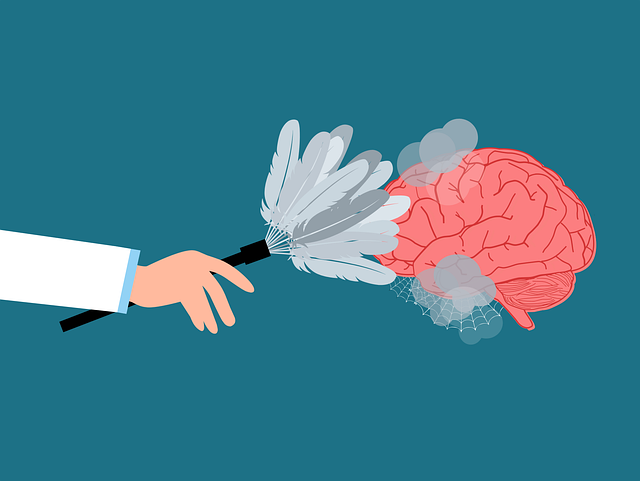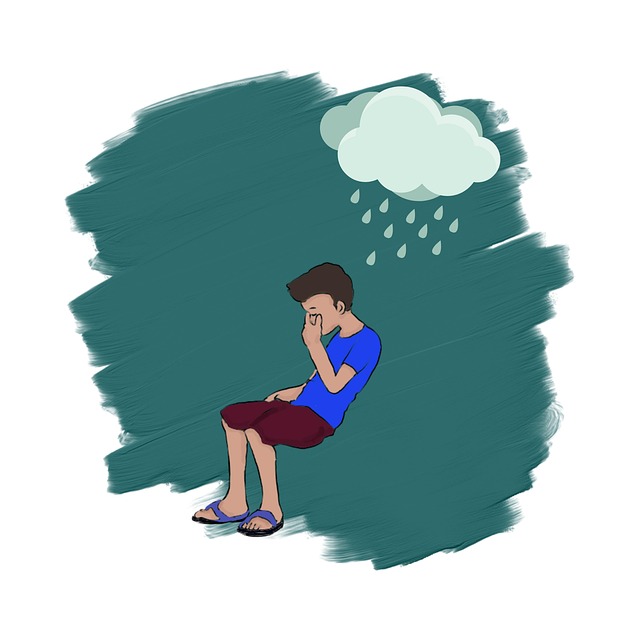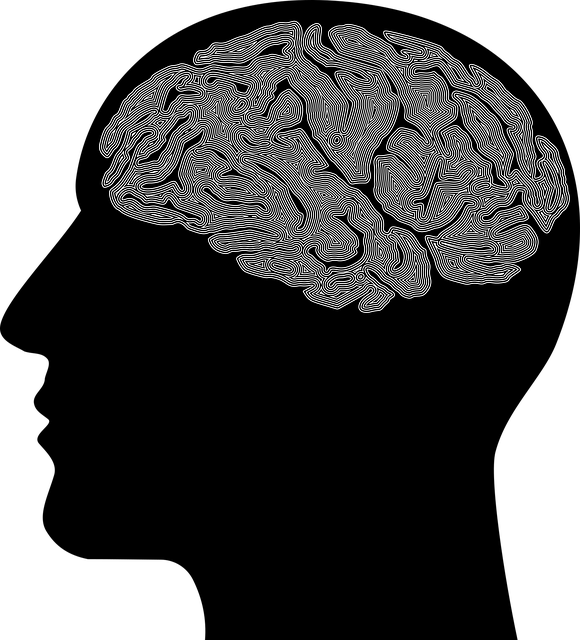Highlands Ranch therapy practices thrive through comprehensive risk assessment, tailored interventions, and continuous adaptation. Therapists-clinicians proactively identify client risks, from past trauma to environmental factors, offering personalized support like Trauma Support Services and self-esteem improvement. They foster safety, provide guidance, and regularly assess outcomes to minimize harm and build resilience. By staying adaptable, incorporating mindfulness, and prioritizing mental health, these professionals deliver cutting-edge, compassionate care in the dynamic environment of Highlands Ranch therapy for therapists-clinicians.
Risk assessment and harm minimization planning are essential components of safe and effective therapy practices, especially in the dynamic landscape of Highlands Ranch therapy. This article guides therapists and clinicians through crucial steps, from understanding comprehensive risk assessment to implementing practical harm minimization strategies. By identifying potential hazards and vulnerabilities, professionals can ensure safety while fostering a supportive therapeutic environment. Continuous monitoring and adaptability are key to maintaining the integrity of care, making this a vital resource for healthcare providers in Highlands Ranch therapy settings.
- Understanding Risk Assessment: Identifying Potential Hazards and Vulnerabilities in Therapy
- Implementing Harm Minimization Strategies: Practical Steps for Clinicians in Highlands Ranch
- Continuous Monitoring and Adaptability: Ensuring Safety and Efficacy in Therapy Practice
Understanding Risk Assessment: Identifying Potential Hazards and Vulnerabilities in Therapy

Risk assessment is a cornerstone of effective therapy practices, especially for Highlands Ranch Therapy professionals working with diverse client populations. It involves meticulously identifying and analyzing potential hazards and vulnerabilities that may arise during therapeutic sessions. By adopting a proactive approach, therapists can ensure the safety and well-being of both clients and themselves, fostering an environment conducive to inner strength development.
This process requires clinicians to consider various factors, including past trauma, mental health conditions, and environmental influences. For instance, implementing a robust community outreach program can help identify at-risk individuals who may benefit from crisis intervention guidance. By understanding these risks, therapists in Highlands Ranch can tailor their approaches, providing targeted support and minimizing potential harm, ultimately enhancing the therapeutic experience for all involved.
Implementing Harm Minimization Strategies: Practical Steps for Clinicians in Highlands Ranch

Implementing effective harm minimization strategies is a crucial aspect of clinical practice for therapists and clinicians in Highlands Ranch. The first step involves assessing risk factors unique to each client, taking into account their personal history, current circumstances, and presenting issues. This includes identifying potential triggers, past traumatic experiences, and any self-harming behaviors or thoughts. By thoroughly evaluating these elements, therapists can develop tailored interventions that address the root causes.
Practical strategies include offering Trauma Support Services to help clients process and overcome adverse experiences, promoting Self-Esteem Improvement through therapeutic techniques and goal setting, and providing Crisis Intervention Guidance during times of acute distress. Additionally, clinicians should foster a safe and non-judgmental environment, ensuring regular follow-ups to monitor progress and adjust treatment plans accordingly. These proactive measures empower clients to develop coping mechanisms, build resilience, and minimize potential harm.
Continuous Monitoring and Adaptability: Ensuring Safety and Efficacy in Therapy Practice

In the dynamic landscape of Highlands Ranch Therapy for Therapists-Clinicians, continuous monitoring and adaptability are paramount to ensuring safety and efficacy. This involves regular assessment of therapy outcomes, client feedback, and environmental factors that could impact treatment plans. By staying vigilant and responsive to these dynamics, therapists can tailor interventions to meet evolving needs, enhancing both short-term and long-term therapeutic outcomes.
Adaptability also includes prioritizing Burnout Prevention strategies, such as integrating Mental Health Awareness and Mindfulness Meditation practices into daily routines. These approaches not only support therapists’ well-being but also foster a more conducive environment for clients. Continuous monitoring and adaptability work in tandem to revolutionize therapy practice, ensuring that Highlands Ranch Therapists-Clinicians remain at the forefront of effective and compassionate care.
Risk assessment and harm minimization planning are essential components of responsible therapy practice, especially in the competitive landscape of Highlands Ranch therapy. By identifying potential hazards and vulnerabilities, implementing practical steps to minimize harm, and continuously monitoring treatments, therapists and clinicians can ensure safety, efficacy, and adaptability in their practices. These strategies not only protect clients but also enhance the overall quality of care provided in Highlands Ranch therapy services.











